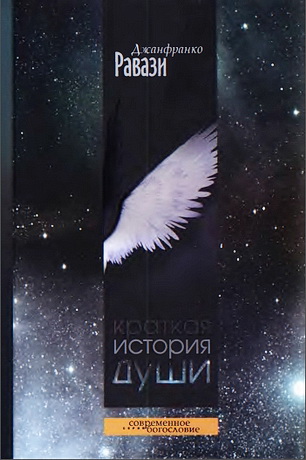
Renkema Johan – Lamentations
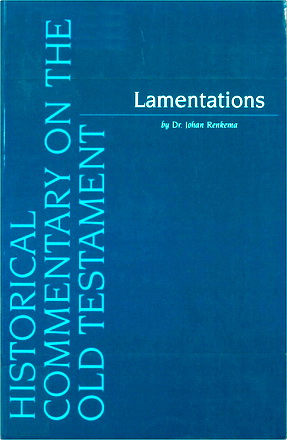
The name ‘Lamentations’ is a rendering of the Hebrew word קנות (qinot). The fact that the name was employed by the oldest Jewish traditions for the five songs it designates is evident from its use in the Septuagint (0pfjvo1), which was followed later by the Vulgate (Lamentationes). The translation ‘Lamentations’ is incorrect, however, since a קינה actually refers to a specific kind of lament: a lament for the dead. The term קנות, therefore, might be more adequately rendered by the word ‘Dirges’. Despite the use of motifs from the dirge genre, however, and the fact that the structure of the five songs is borrowed from the 3 + 2 meter of the dirge (see III. 1), one would, nevertheless, search the text in vain for the noun קינה. This is due, without doubt, to the fact that the purpose or intention of Lamentations is not the same as that of a dirge.2 In this sense one might also object to the Masoretic title איכה (‘Ah’), which, although borrowed from the first word of the first song, still leaves one with the impression that Lamenta- tions has something to do with a dirge (see the exegesis of 1!). If one were to look for a word or phrase in the text itself as an adequate name/title with respect to the content of the songs then one might opt for the core verse 350: עד/יקזקיף ררא :יהוה, ‘until yhwh looks down and sees... sup- plication for YHWH’s salvific ‘looking down’ being the primary intention of the songs (see explanation). The traditional name קינות, however, was not derived from the songs themselves but rather imposed on them. The reason for this must be sought in the very ancient tradition which ascribed the authorship of the songs to the prophet Jeremiah, most probably on the basis of 11 Chron 3525 where it is said that the prophet sang laments on the occasion of the death of King Josiah. Such an association need not be surprising given the fact that this prophet had also lived through the events which are treated in the songs and had even predicted them earlier in his prophecies. The fact that this notion was already dominant among the oldest known Jewish traditions is evident from the Septuagint which even mentions Jeremiah by name: “After Israel was taken off into exile and Jerusalem left abandoned, the prophet Jeremiah sat down and wept and uttered this lamentation over Jerusalem saying... ”.3 Both the Targum and the Babylonian Talmud (Baba Bathra [‘final door’] 15a) understood Jeremiah to be the author of these songs.
At first sight it would appear that the Masoretes have deviated from this tradition. Just like all the other biblical books they labelled the songs - as we mentioned above - according to the initial word of the first song: איכה. There is no mention of the authorship of Jeremiah and by plac- ing the songs with the ‘Writings’ in their canonical ordering they sim- ply disappeared behind their title. All of this need not necessarily imply that in doing what they did the Masoretes distanced themselves from the traditional position. The different ordering of the biblical books in the Masoretic canon does not prove this. No additional material from the Septuagint found its way into the Hebrew text of the Masoretic canon. Furthermore, where Lamentations is concerned, the Greek (interpreting) preamble constitutes nothing less than a disruption of the form of the Hebrew alphabetic acrostic.
While most modern bible translations base themselves on the Masoretic text, they opt, nevertheless, for a translation of the more ancient name nirp (qinot) as a title.
Johan Renkema – Lamentations
Translated from the Dutch by Brian Doyle. – Leuven (Belgium): PEETERS, 1998. – 648 p. - (Historical Commentary on the Old Testament.)
ISBN 90-429-0677-4
Johan Renkema – Lamentations – Contents
Author’s Preface
Abbreviations
Commentaries
Bibliography
Introduction
- I Title
- II Place in the canon
-
III Literary Structure
- III.1 Unity
- III.2 Genre
- III.3 ‘Sitz im Leben’
- III.4 Different Alphabetical Sequence פ-ע in Lam I and ע-פ in Lam II—IV
- III.5 The Meaning of Alfabetic Acrostics
- III.6 The Meaning of the Triple Alphabetic Acrostic in Lam III
- III.7 Lam IV
- IV Authorship
-
V Period and Place of Origin
- V.l Period of Origin
- V.2 Place of Origin
- VI Religion-Historical Significance
-
VII Theology
-
VII. 1 Positions
- VII. 1.1 Westermann
-
VII.2 Theological Reflection
- VII.2.1 New Language
- VII.2.2 Pre-exilic Prophecy of Doom
- VII.2.3 Psalm Theology
- VII.2.4 YHWH’s Essence
- VII.2.5 YHWH’s Deeds; His Kingship
- VII.3 Tension
-
VII. 1 Positions
Method
Exegetical Part
-
Lamentations I
- Translation
- Literary Structure
- Essentials and Perspectives
- Scholarly Exposition
- Introduction
- Canticle 1:1-3
- Excurs ‘The Day of YHWH’
- Canticle 1:4-6
- Canticle 1:7-9
- Canticle 1:10-11
- Canticle 1:12-13
- Excurs ‘YHWH’s Anger’
- Canticle 1:14-16
- Canticle 1:17-19
- Canticle 1:20-22
-
Lamentations II
- Translation
- Literary Structure
- Essentials and Perspectives
- Scholarly Exposition
- Introduction
- Canticle 2:1-3
- Canticle 2:4-5
- Canticle 2:6-7
- Canticle 2:8-10
- Canticle 2:11-13
- Canticle 2:14-15
- Canticle 2:16-17
- Canticle 2:18-19
- Canticle 2:20-22
-
Lamentations III
- Translation
- Literary Structure
- Essentials and Perspectives
- Scholarly Exposition
- Introduction
- Canticle 3:1-6
- Canticle 3:7-12
- Canticle 3:13-21
- Canticle 3:22-27
- Canticle 3:28-33
- Canticle 3:34-39
- Canticle 3:40-45
- Canticle 3:46-54
- Canticle 3:55-60
- Canticle 3:61-66
- Hermeneutical Epilogue
-
Lamentations IV
- Translation
- Literary Structure
- Essentials and Perspectives
- Scholarly Exposition
- Introduction
- Canticle 4:1-2
- Canticle 4:3-5
- Canticle 4:6
- Canticle 4:7-9
- Canticle 4:10-11
- Canticle 4:12-13
- Canticle 4:14-16
- Canticle 4:17
- Canticle 4:18-20
- Canticle 4:21-22
-
Lamentations V
- Translation
- Literary Structure
- Essentials and Perspectives
- Scholarly Exposition
- Introduction
- Strophic Division
- Canticle 5:1-4
- Canticle 5:5-10
- Canticle 5:11-14
- Canticle 5:15-18
- Canticle 5:19-22
Appendix Song-Responses

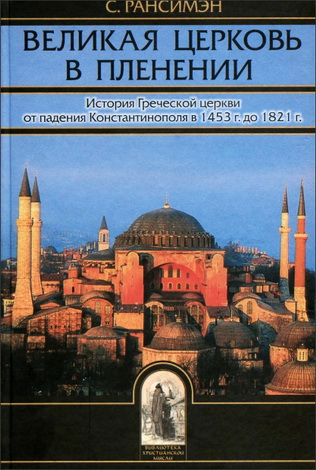
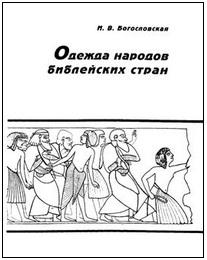
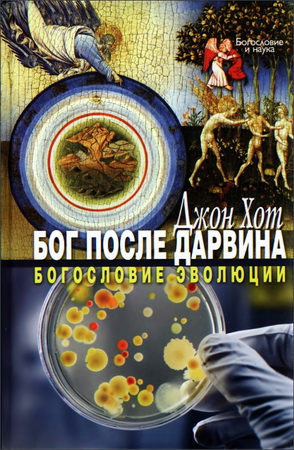
Комментарии
Пока нет комментариев. Будьте первым!